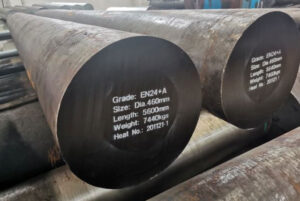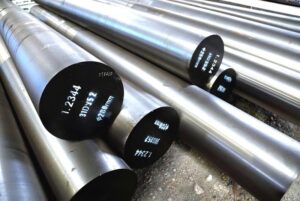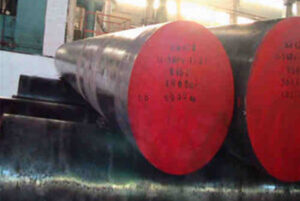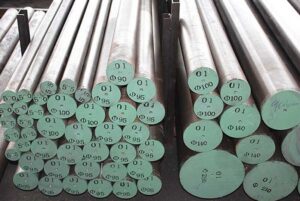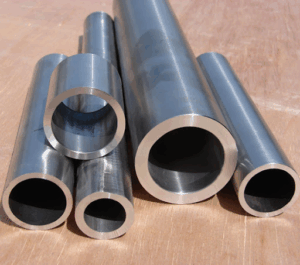Visión general de Acero especial Acero inoxidable 316/316L
Los aceros inoxidables especiales 316/316L, a menudo denominados aceros inoxidables marinos, son aceros inoxidables austeníticos al cromo-níquel que contienen molibdeno. Esta adición aumenta su resistencia a la corrosión, especialmente frente a los cloruros y otros disolventes industriales. Ambas aleaciones son conocidas por sus excepcionales características de soldadura y conformado, que las hacen ideales para diversas aplicaciones industriales y marinas.
Características principales del acero inoxidable 316/316L
- Resistencia a la corrosión: Resistencia superior a la corrosión por picaduras y grietas en ambientes clorados.
- Soldabilidad: Excelentes propiedades de soldadura, sin necesidad de recocido posterior.
- Fortaleza: Alta resistencia a la tracción y a la fluencia a temperaturas elevadas.
- Versatilidad: Adecuado para una amplia gama de aplicaciones, desde maquinaria industrial hasta dispositivos médicos.
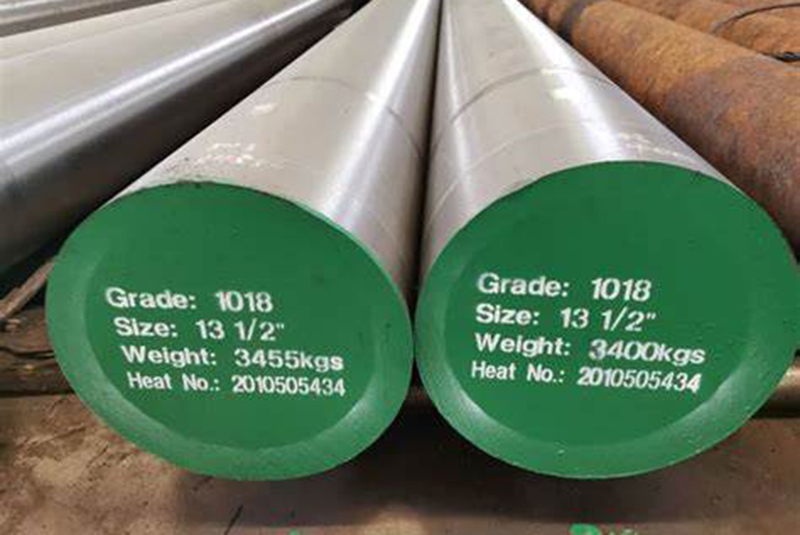
Tipos y composición del acero inoxidable 316/316L
| Tipo | Composición Química (wt%) |
|---|---|
| 316 | C: ≤0,08, Si: ≤1,00, Mn: ≤2,00, P: ≤0,045, S: ≤0,030, Cr: 16,0-18,0, Mo: 2,0-3,0, Ni: 10,0-14,0 |
| 316L | C: ≤0,03, Si: ≤1,00, Mn: ≤2,00, P: ≤0,045, S: ≤0,030, Cr: 16,0-18,0, Mo: 2,0-3,0, Ni: 10,0-14,0 |
Diferencias entre 316 y 316L
La principal diferencia entre el 316 y el 316L es su contenido de carbono. El 316L tiene un menor contenido de carbono (≤0,03%), lo que mejora su resistencia a la corrosión, sobre todo después de la soldadura. Esto hace que el 316L sea más adecuado para aplicaciones que requieren muchas soldaduras.
Aplicaciones del acero inoxidable 316/316L
| Industria | Aplicación |
|---|---|
| Marina | Herrajes para embarcaciones, herrajes de cubierta, fijaciones marinas |
| Procesamiento químico | Equipos químicos y petroquímicos |
| Alimentación y bebidas | Equipos de procesado de alimentos, tanques de elaboración de cerveza |
| Médica | Instrumental quirúrgico, implantes ortopédicos |
| Arquitectónico | Elementos arquitectónicos costeros, barandillas |
| Energía | Plataformas marinas de petróleo y gas, intercambiadores de calor |
¿Por qué elegir 316/316L para sus aplicaciones?
Cuando se trata de seleccionar el material adecuado para entornos exigentes, los aceros inoxidables 316 y 316L destacan por su impresionante resistencia a la corrosión, facilidad de fabricación y alta resistencia. Tanto si se enfrenta a la dura atmósfera marina como a los productos químicos corrosivos de una planta de procesamiento, estas aleaciones están a la altura.
Especificaciones, tamaños, calidades y normas
| Especificación | Detalles |
|---|---|
| Normas ASTM | ASTM A240/A240M |
| Tallas disponibles | Chapas, planchas, barras, tubos y tuberías |
| Grados típicos | 316/316L, 316H, 316Ti |
| Normas | ASTM, ASME, EN, ISO |
Tamaños y formas habituales
Los aceros inoxidables 316 y 316L están disponibles en una gran variedad de formas para adaptarse a las distintas necesidades, entre ellas:
- Hojas y placas: El grosor oscila entre 0,5 mm y 50 mm.
- Barras y varillas: Los diámetros van de 1 mm a 500 mm.
- Tubos y tuberías: Diferentes calidades y diámetros, con y sin soldadura.
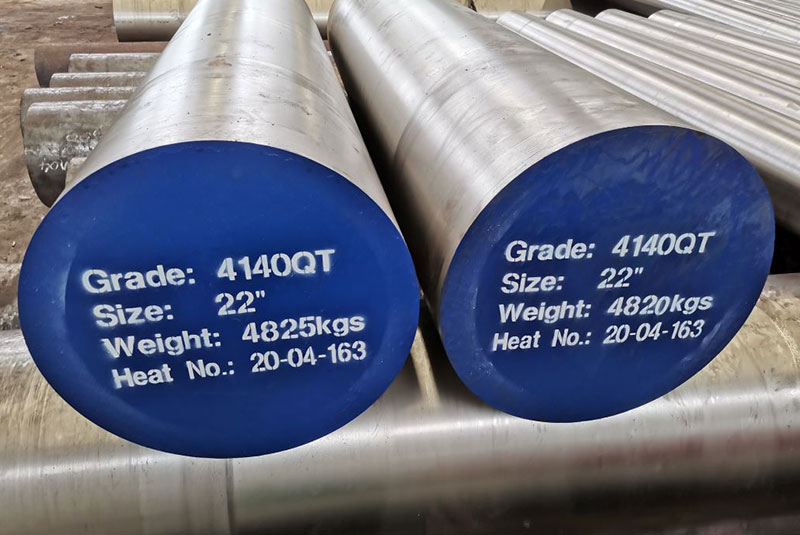
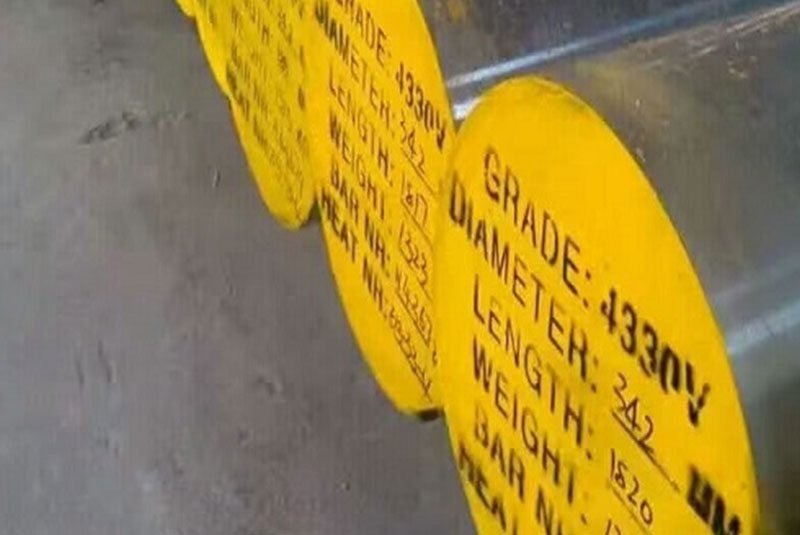
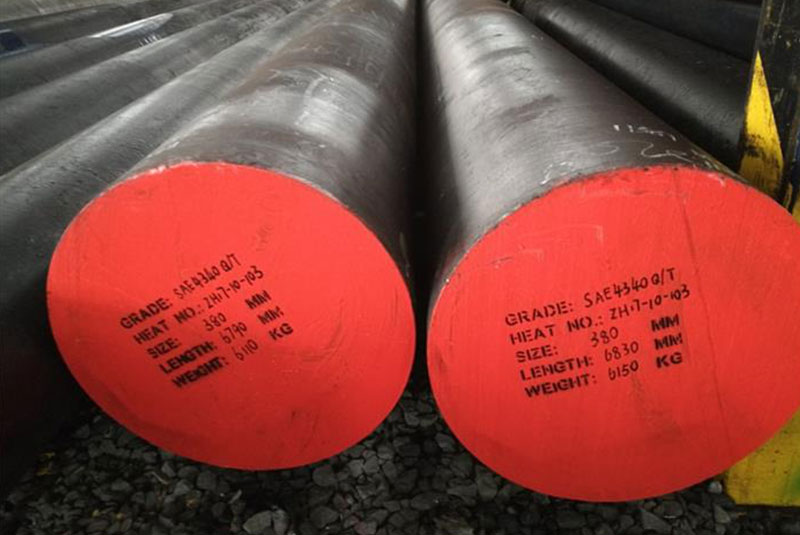

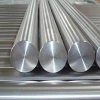
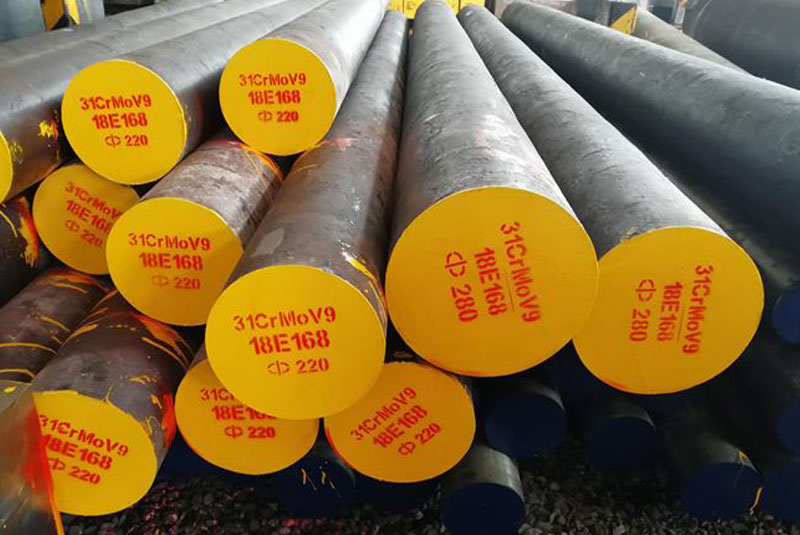
Proveedores y precios
| Proveedor | Intervalo de precios (por kg) | País |
|---|---|---|
| ThyssenKrupp | $5 – $7 | Alemania |
| Outokumpu | $6 – $8 | Finlandia |
| Aperam | $5.50 – $7.50 | Luxemburgo |
| Sandvik | $6 – $8 | Suecia |
| Acero AK | $5.50 – $7.50 | EE.UU. |
Factores que influyen en la fijación de precios
El precio del acero inoxidable 316/316L varía en función de varios factores:
- Demanda del mercado: Los precios fluctúan en función de la demanda mundial de acero inoxidable.
- Costes de las materias primas: Los precios del níquel y el molibdeno influyen mucho en el coste.
- Proveedor Ubicación: Los gastos de envío y logística se suman al coste total.
Ventajas y desventajas del acero inoxidable 316/316L
| Ventajas | Desventajas |
|---|---|
| Excelente resistencia a la corrosión | Mayor coste que el acero inoxidable 304 |
| Soldabilidad superior | Más pesado que el aluminio |
| Alta resistencia a la tracción | Requiere más energía para procesarse |
| Versátil y ampliamente disponible | Maquinabilidad limitada |
Pros y contras: 316 frente a 316L
A la hora de elegir entre 316 y 316L, tenga en cuenta lo siguiente:
- 316: Más adecuado para aplicaciones de alta temperatura debido a su mayor contenido de carbono.
- 316L: Óptimo para soldadura y entornos con condiciones de corrosión agresivas debido a su menor contenido en carbono.
Descripciones detalladas de los modelos de polvo metálico
- Polvo de acero inoxidable 316L (grado fino)
- Descripción: Polvo ultrafino de gran pureza, ideal para la fabricación aditiva.
- Aplicaciones: Impresión 3D de dispositivos médicos y componentes aeroespaciales.
- Propiedades: Alta resistencia, excelente fluidez, bajo contenido en oxígeno.
- Polvo de acero inoxidable 316 (grado grueso)
- Descripción: Polvo más grueso, adecuado para aplicaciones pulvimetalúrgicas tradicionales.
- Aplicaciones: Procesos de prensado y sinterización, moldeo por inyección de metales.
- Propiedades: Buena compresibilidad, distribución uniforme del tamaño de las partículas.
- Polvo prealeado 316L
- Descripción: Polvo prealeado que garantiza homogeneidad y consistencia.
- Aplicaciones: Fabricación de piezas complejas en las industrias automovilística y aeroespacial.
- Propiedades: Resistencia superior a la corrosión, excelentes propiedades mecánicas.
- Polvo 316L atomizado con gas
- Descripción: Producido por atomización de gas para partículas esféricas.
- Aplicaciones: Fabricación aditiva, prensado isostático en caliente.
- Propiedades: Alta esfericidad, porosidad mínima, tamaño de partícula consistente.
- Polvo 316L atomizado en agua
- Descripción: Alternativa económica con formas de partículas irregulares.
- Aplicaciones: Pulvimetalurgia, pulverización térmica.
- Propiedades: Menor coste, buenas propiedades mecánicas.
- Polvo de grado quirúrgico 316L
- Descripción: Polvo ultrapuro diseñado para aplicaciones médicas.
- Aplicaciones: Implantes ortopédicos, instrumental quirúrgico.
- Propiedades: Biocompatibilidad, resistencia a la corrosión.
- Polvo 316L para chorro aglomerante
- Descripción: Específicamente formulado para procesos de inyección de ligantes.
- Aplicaciones: Impresión 3D por chorro aglomerante, fabricación de piezas complejas.
- Propiedades: Excelente comportamiento de sinterización, alta resistencia en verde.
- Polvo 316L para fusión por lecho de polvo láser (LPBF)
- Descripción: Diseñada para la impresión 3D por fusión de lecho de polvo láser.
- Aplicaciones: Piezas de precisión para la industria aeroespacial y del automóvil.
- Propiedades: Alta fluidez, distribución uniforme del tamaño de las partículas.
- Polvo 316L para fusión por haz de electrones (EBM)
- Descripción: Optimizado para la impresión 3D por fusión de haz de electrones.
- Aplicaciones: Piezas de alto rendimiento en industrias exigentes.
- Propiedades: Alta esfericidad, bajas tensiones residuales.
- Polvo 316L reciclado
- Descripción: Opción ecológica fabricada con materiales reciclados.
- Aplicaciones: Fabricación aditiva general, prácticas sostenibles.
- Propiedades: Propiedades mecánicas comparables, rentables.
Comparación de Acero especial Acero inoxidable 316/316L Modelos
| Modelo | Forma de las partículas | Método de producción | Aplicaciones | Precios |
|---|---|---|---|---|
| Polvo fino de grado 316L | Esférica | Atomización de gases | Impresión 3D | $50 - $70 por kg |
| Polvo grueso de grado 316 | Irregular | Atomización del agua | Pulvimetalurgia | $40 - $60 por kg |
| Polvo prealeado 316L | Esférica | Atomización de gases | Fabricación de piezas complejas | $55 - $75 por kg |
| Polvo 316L atomizado con gas | Esférica | Atomización de gases | Fabricación aditiva | $60 - $80 por kg |
| Polvo 316L atomizado en agua | Irregular | Atomización del agua | Pulverización térmica | $30 - $50 por kg |
| Polvo de grado quirúrgico 316L | Esférica | Atomización de gases | Aplicaciones médicas | $70 - $90 por kg |
| 316L para chorro aglomerante | Esférica | Atomización de gases | Impresión 3D por chorro aglomerante | $65 - $85 por kg |
| 316L para LPBF | Esférica | Atomización de gases | Fusión láser en lecho de polvo | $60 - $80 por kg |
| 316L para EBM | Esférica | Atomización de gases | Fusión por haz de electrones | $65 - $85 por kg |
| Polvo 316L reciclado | Irregular | Varios | Fabricación aditiva general | $35 - $55 por kg |
¿Por qué elegir el modelo de polvo metálico adecuado?
Seleccionar el modelo de polvo metálico adecuado es crucial para optimizar el rendimiento y la eficacia de su proceso de fabricación. Tanto si necesita polvo ultrafino para la impresión 3D de alta precisión como un grado más grueso para la pulvimetalurgia tradicional, hay un modelo adaptado a sus necesidades específicas.
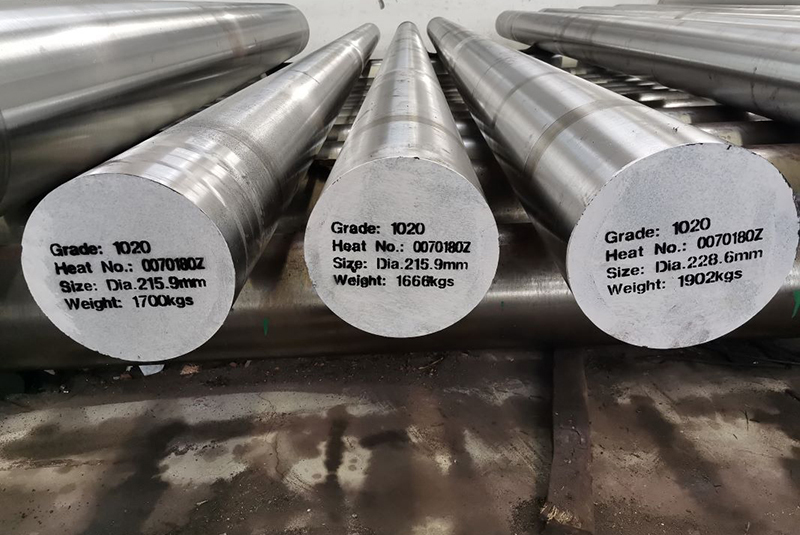
Preguntas frecuentes
| Pregunta | Respuesta |
|---|---|
| ¿Cuál es la diferencia entre el acero inoxidable 316 y el 316L? | El 316L tiene un menor contenido de carbono, lo que mejora su resistencia a la corrosión y su idoneidad para la soldadura. |
| ¿Puede utilizarse el acero inoxidable 316/316L en entornos marinos? | Sí, tanto el 316 como el 316L son muy resistentes a la corrosión en entornos marinos. |
| ¿Cuáles son las aplicaciones habituales del acero inoxidable 316L? | Las aplicaciones incluyen dispositivos médicos, hardware marino, equipos de procesamiento químico, etc. |
| ¿Cómo se comporta el acero inoxidable 316L a altas temperaturas? | Mantiene una alta resistencia y una excelente resistencia a la corrosión a temperaturas elevadas. |
| ¿El acero inoxidable 316L es apto para la soldadura? | Sí, tiene una excelente soldabilidad y no requiere recocido posterior a la soldadura. |
| ¿Cuál es el precio habitual del acero inoxidable 316/316L? | Los precios suelen oscilar entre $5 y $8 por kg, según el proveedor y los requisitos específicos. |
| ¿Cómo mejora el molibdeno el acero inoxidable 316/316L? | El molibdeno mejora la resistencia a la corrosión, especialmente frente a los cloruros y los disolventes industriales. |
| ¿Existen diferentes grados de polvo de acero inoxidable 316L? | Sí, incluidos el grado fino, el grado quirúrgico y los grados adaptados a métodos específicos de impresión 3D. |
| ¿Cuáles son las ventajas del polvo 316L atomizado con gas? | El polvo atomizado con gas tiene una alta esfericidad, una porosidad mínima y un tamaño de partícula consistente, lo que lo hace ideal para la fabricación aditiva. |
| ¿Se puede reciclar el acero inoxidable 316L? | Sí, puede reciclarse, y existe polvo 316L reciclado para prácticas de fabricación sostenibles. |
Conclusión
En conclusión, los aceros inoxidables Special Steel 316 y 316L son materiales versátiles y de alto rendimiento ideales para diversas aplicaciones industriales. Su superior resistencia a la corrosión, soldabilidad y propiedades mecánicas los convierten en la elección idónea para entornos exigentes. Comprender las necesidades específicas de su aplicación y seleccionar el grado y la forma adecuados de acero inoxidable 316/316L es crucial para maximizar el rendimiento y la eficacia. Tanto si trabaja en la industria naval como en el procesamiento químico o la fabricación aditiva, estas aleaciones ofrecen la fiabilidad y durabilidad que necesita.

